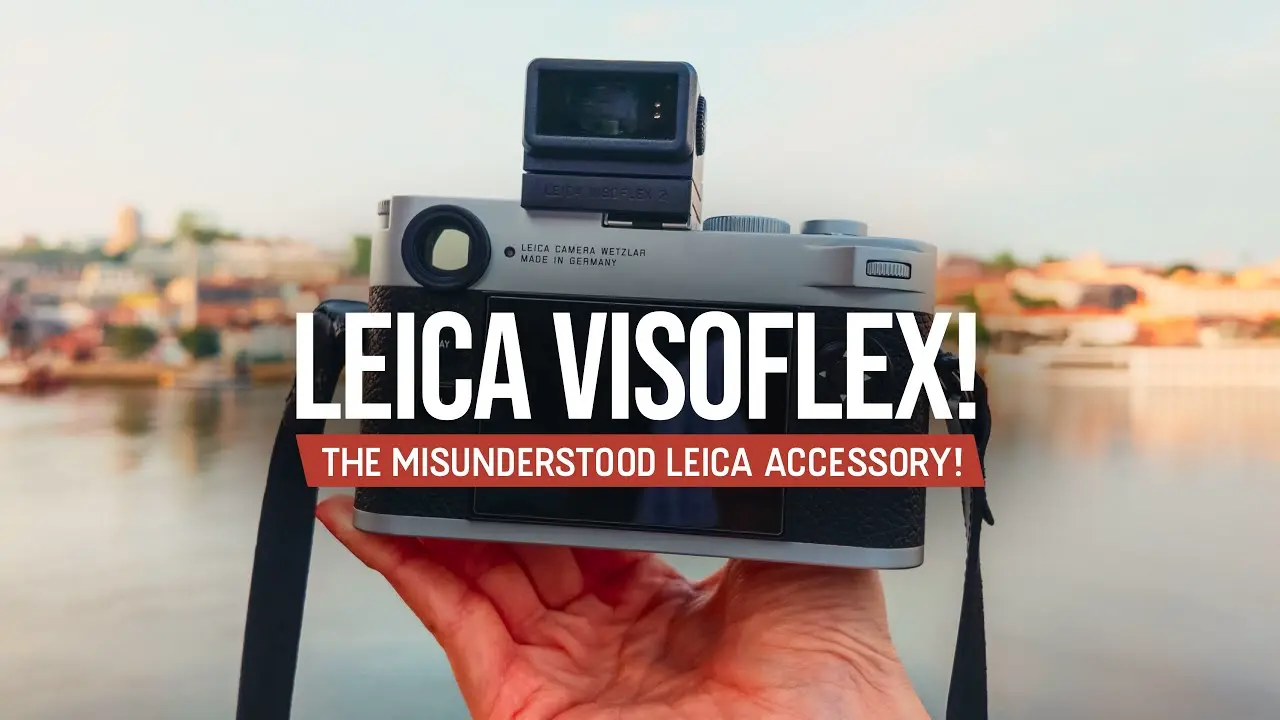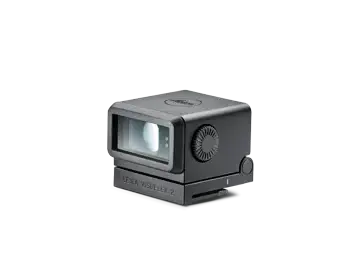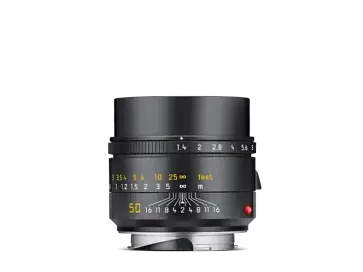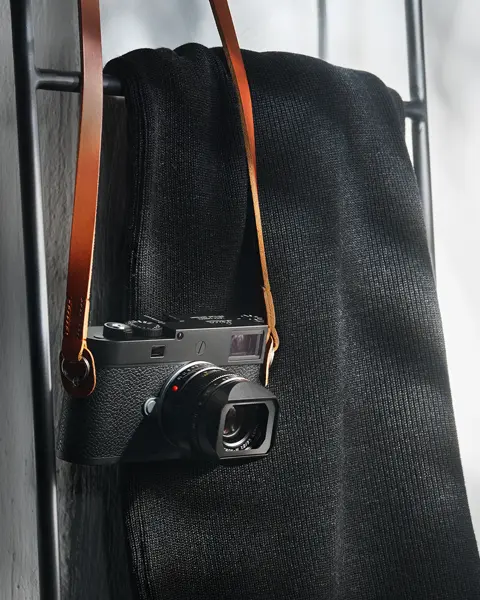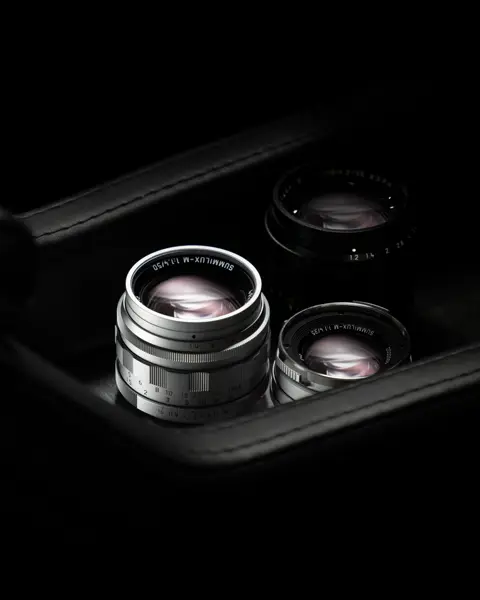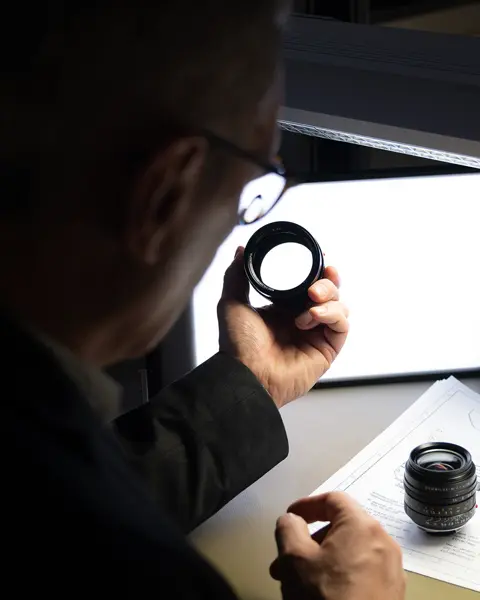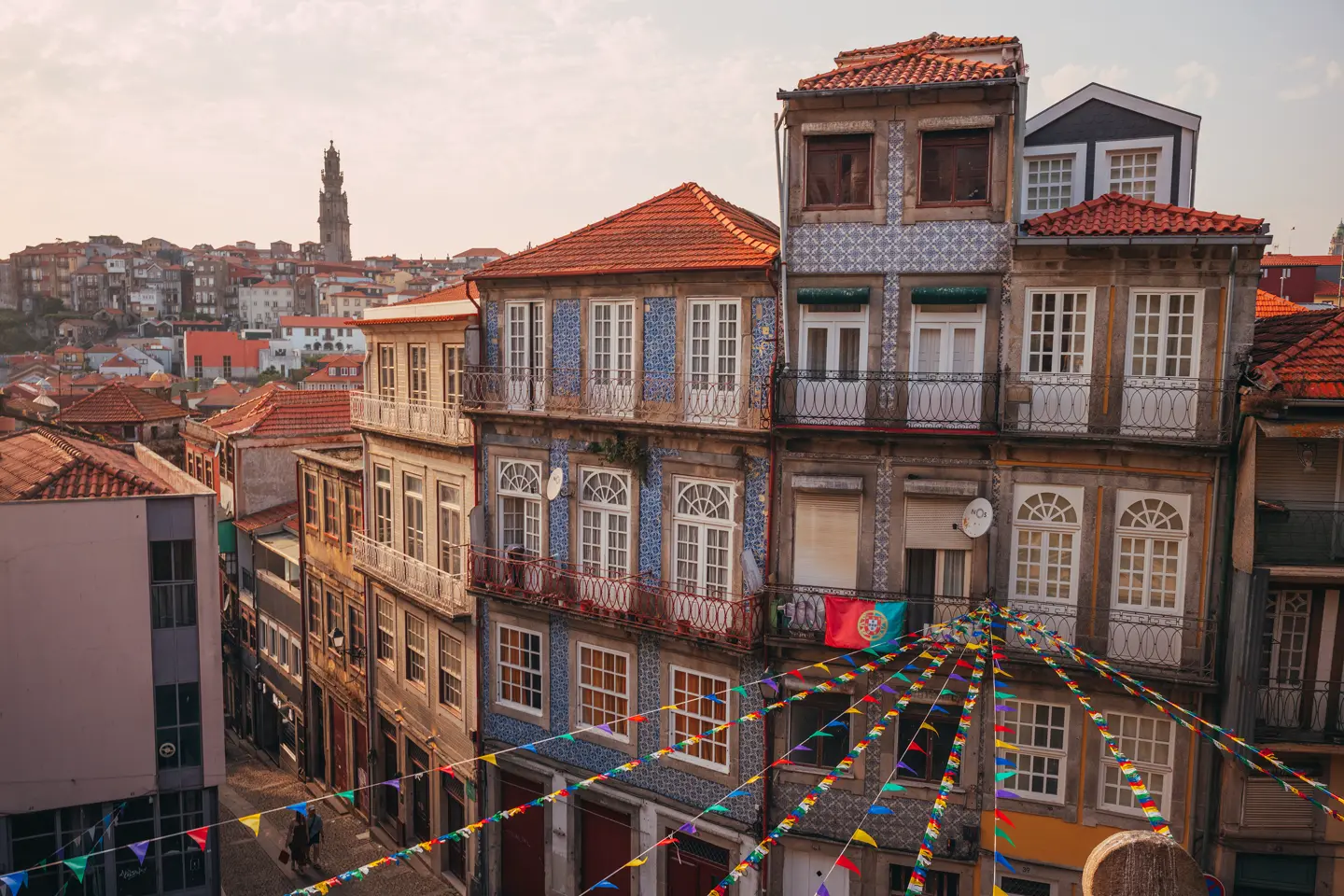
An Essential Companion
When You Just Need to Nail Focus
Firstly, we’ve all been there! You’re enjoying your city break when suddenly your partner wants the perfect shot for socials. It can be stress-inducing! Especially with a rangefinder and a fast, wide-open lens like the 50mm Summilux-M. You have to nail that focus.
This is one of those times where I reach for the Visoflex 2. Since what you see is what you get, you can be confident the images are in focus, even with a razor-thin depth of field. That peace of mind makes all the difference to help me deliver on the spot.
I’ve recently returned from five days in the stunning city of Porto, where I experienced some of the most enjoyable and rewarding photography of my career so far. While Porto’s city streets and impressive sunsets were undoubtedly the highlights of the trip, one piece of gear in my kit bag really showed its worth, and it’s a piece I frequently get questioned about. The Leica Visoflex 2.
As someone who truly loves the rangefinder experience, it’s the main reason I shoot with Leica. I fully understand the initial hesitation many Leica M users feel about adding an EVF to their kit. But during my time in Porto, the Visoflex 2 once again proved to be far more than a convenience. It became a key part of my workflow. So here’s why this little EVF is now a permanent part of my travel kit.
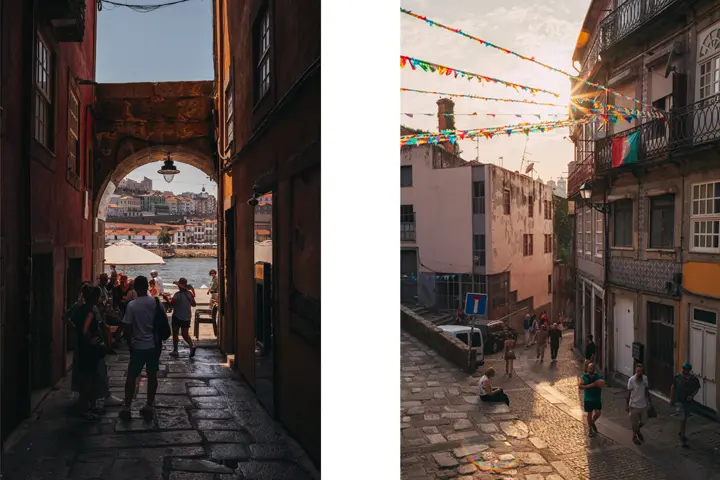
Shooting in Tough Light? No Problem.
Porto offered some absolutely beautiful sunsets, the light was incredible. Even if we didn’t luck out with the weather during our stay. The panoramic views from the Dom Luís I Bridge are some of the best in Europe.
But balancing bright skies and dark foregrounds through the rangefinder can be tough, especially when the glare from the sunset can make the rear LCD hard to see. I used to often find myself defaulting to underexposing and pushing the files in post.
However, the Visoflex 2 helps me to expose correctly in these tricky conditions by being able to see the final image in real time. It also makes reviewing images easier when visibility is limited.

Beyond the Rangefinder
The rangefinder works great with lenses between 28mm and 90mm, but if you want to go wider or longer than that, you’ll start to hit limitations. The 90mm frame lines are small, and focusing becomes less precise and then if you go wider than 28mm, and you can’t see the full frame.
That’s where the Visoflex 2 steps in and gives you the freedom to frame and focus confidently with lenses outside the standard rangefinder range.
Then there’s Leica’s huge back catalog of lenses that aren’t rangefinder- coupled from vintage gems to more modern R- mount glass. These can’t be focused through the optical viewfinder at all. With the Visoflex 2, you can shoot with your eye to the camera, keeping a traditional shooting feel. It unlocks another layer of potential from your M body especially if you enjoy experimenting with alternative lenses.

Waist- Level and Low- Angle Shooting Made Easy
One of my favorite features of the Visoflex 2 is the tilting screen. Most Leica photography you see online is shot at eye level, with a documentary style. Shooting at waist level or lower with a rangefinder is awkward. To the amusement of my girlfriend, I’ve been known to lie flat on the ground to get the shot.
But the fact that the EVF tilts makes waist-level and low-angle shots far easier to accomplish. Which leads to me coming home with images I wouldn't have got without it.
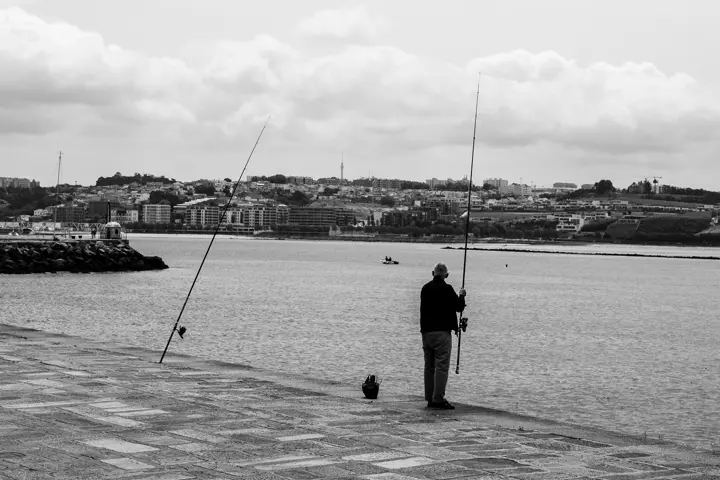
A Little Surprise: It’s Great for Monochrom
I didn’t expect this! When I picked up the M10 Monochrom last year, I thought I’d fully embrace the pure rangefinder experience. But in practice, I found myself reaching for the Visoflex more often than I anticipated.
I think this shift has come from a newfound appreciation for getting the exposure just right in-camera, and not necessarily “correct” by technical standards, but purposefully under or overexposing to emphasise the light in my photos. The M10 Monochrom’s files reward that extra bit of care. They often need minimal post-processing and are nearly ready to share straight out of the camera.
Through the rangefinder I'm pretty accurate, but through the EVF I know I've hit it every single time because what you see is what you get.
Adam Gough
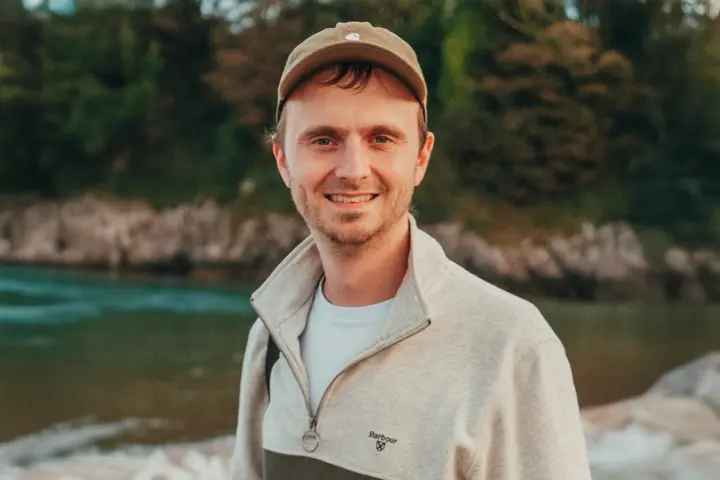
Adam Gough
is a photographer and filmmaker from the UK who focuses on slow, intentional photography. He started his YouTube channel to connect with others who share his passion for photography, storytelling, and the craft behind every frame. Through his work, Adam highlights the beauty in everyday moments and the stories that unfold quietly around us.
Instagram: https://www.instagram.com/goughies_photography/
YouTube: https://www.youtube.com/@Goughie
